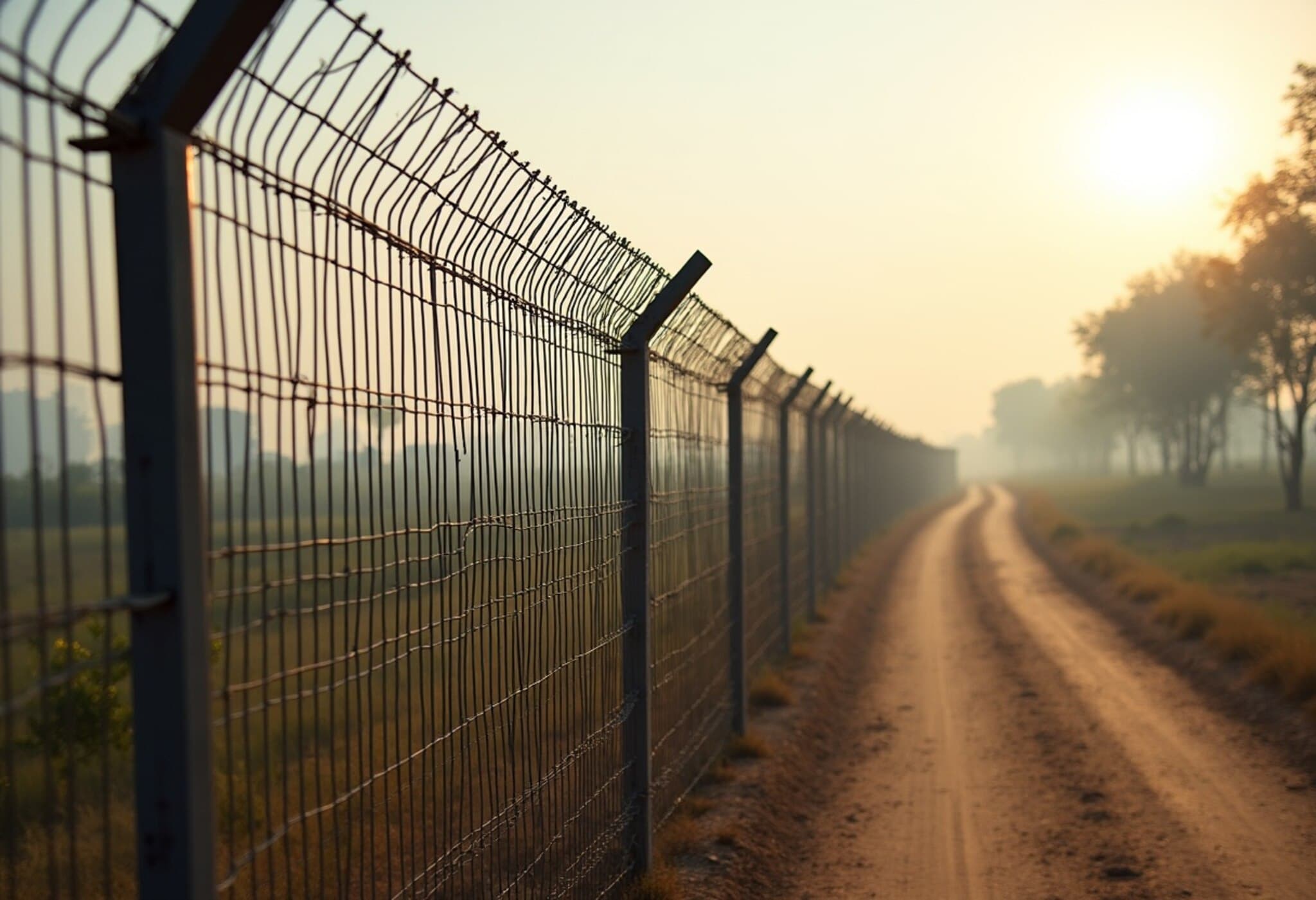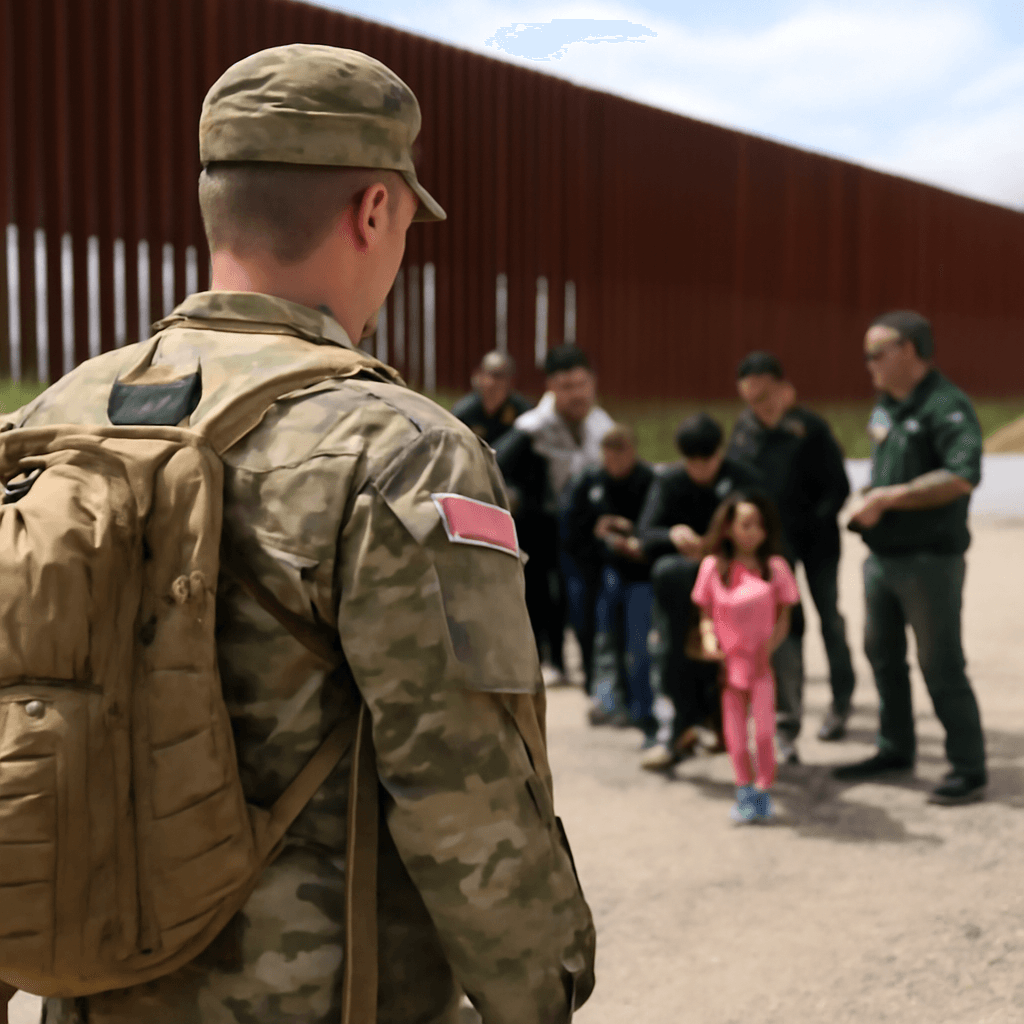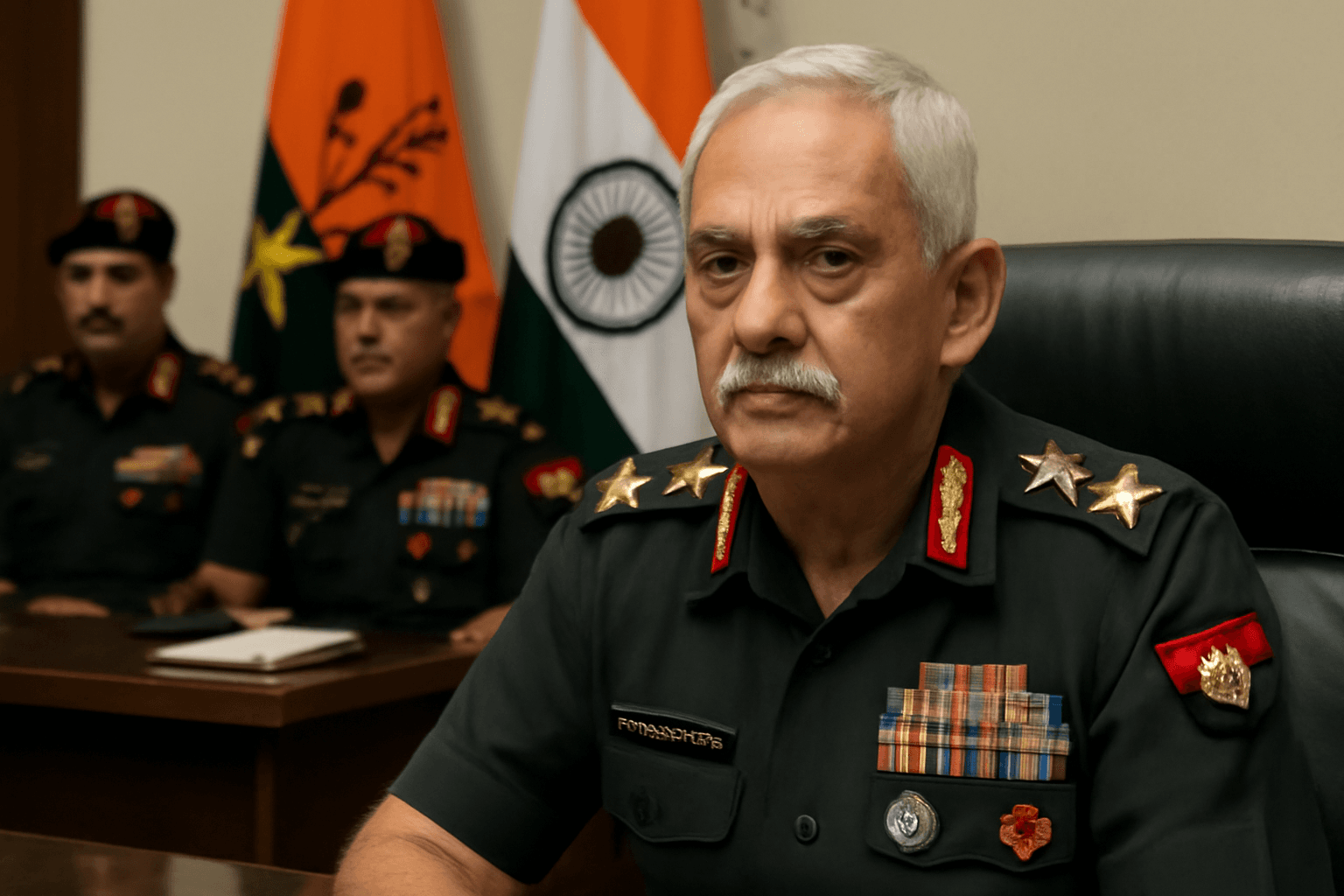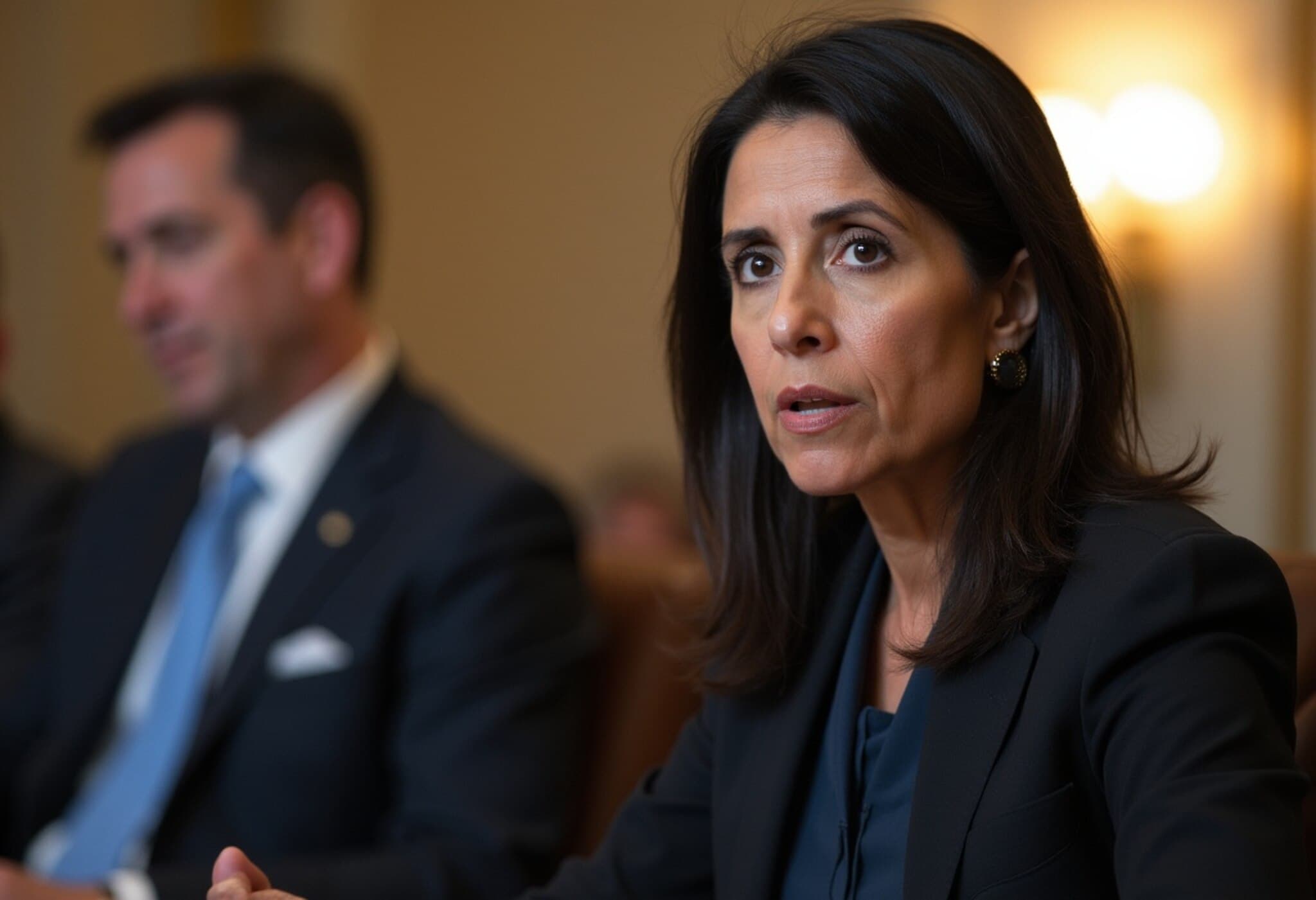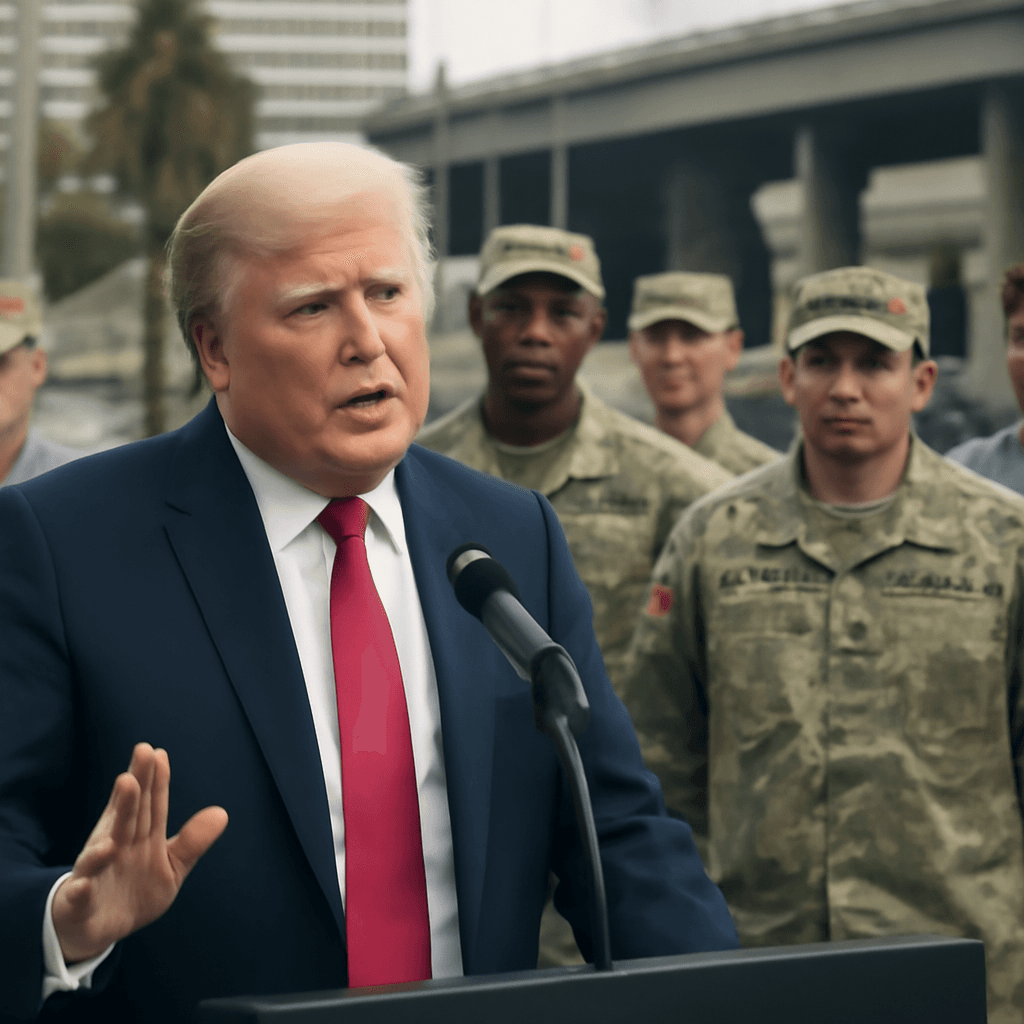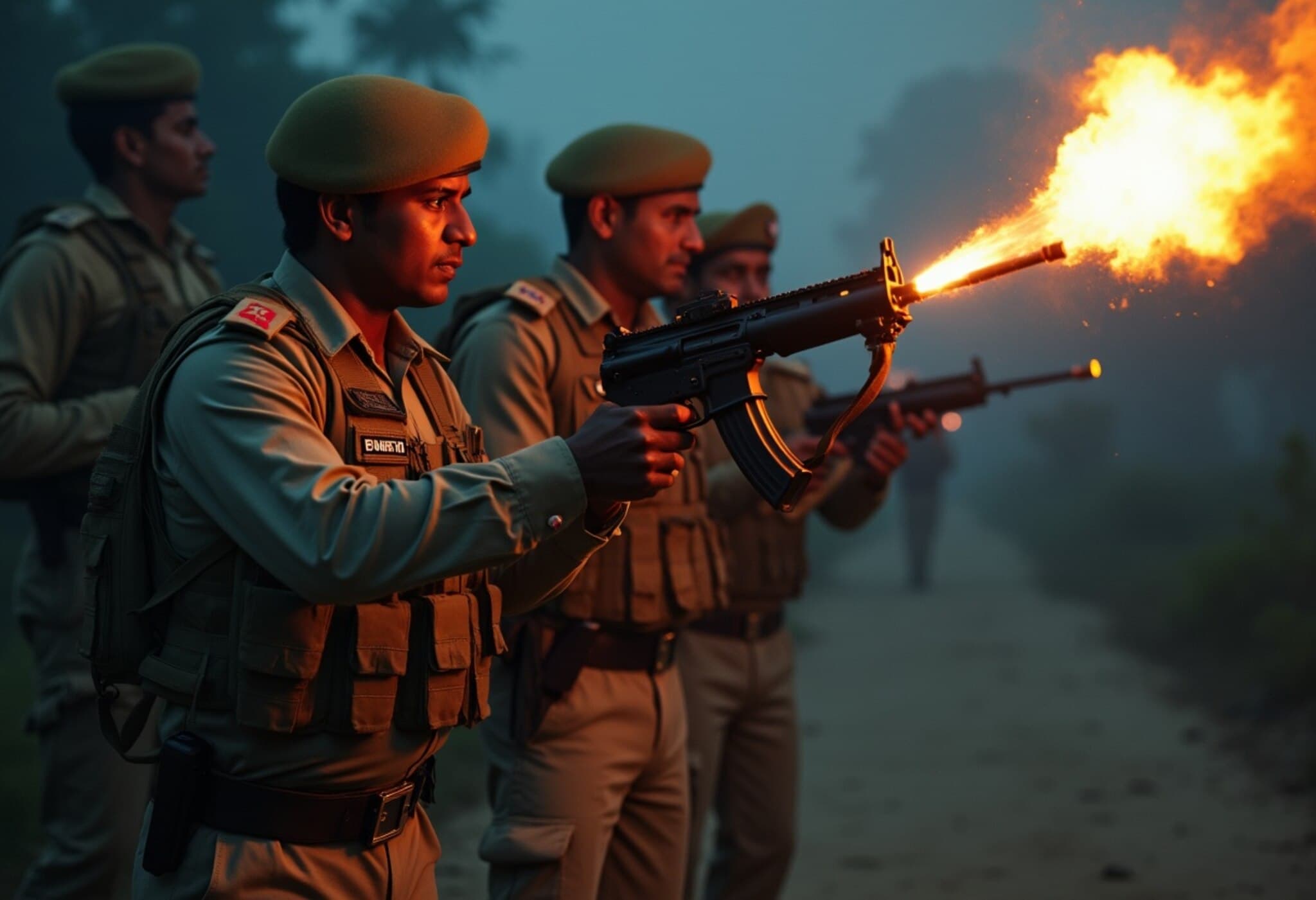India Advances Border Security: Over 1,600 km Fenced in West Bengal
In a significant stride towards strengthening national security, Union Minister of State for Home Affairs Nityanand Rai announced to the Rajya Sabha on August 20, 2025, that approximately 1,647.7 kilometers of the 2,216.7 km India-Bangladesh border in West Bengal has already been fenced. This marks a crucial step in India's ongoing efforts to secure its porous eastern frontier.
Breaking Down the Remaining Border Work
The India-Bangladesh border spans over 4,096 kilometers across five Indian states — West Bengal, Assam, Meghalaya, Tripura, and Mizoram. West Bengal alone accounts for nearly half of this border. According to Minister Rai’s written reply, the remaining 569 kilometers of the border section in West Bengal is yet to be fenced or equipped with relevant border infrastructure.
- 112.78 km of this remaining stretch is considered non-feasible for fencing due to geographic or logistical challenges.
- The feasible length needing attention is 456.22 km.
- Land acquisition processes are underway: only about 77.94 km of land has been handed over to executing agencies so far.
- The State Government has yet to initiate land acquisition for 148.97 km, while the rest (229.32 km) is at various acquisition stages.
To accelerate progress, the Central Government is actively collaborating with West Bengal authorities, conducting regular reviews and meetings to resolve bottlenecks in land acquisition.
Combating Illegal Infiltration Along the Border
Minister Rai also highlighted ongoing efforts to curb illegal crossings, stating that during the last three years, from January 2023 to July 2025, 3,964 cases of illegal infiltration were recorded in West Bengal alone. This data underscores the critical importance of fencing and border infrastructure in mitigating cross-border illegal activities.
Why This Matters: Border Security and Regional Stability
The India-Bangladesh border has historically been an area sensitive to security and migration concerns. An effective fence not only helps prevent illegal crossings but also facilitates better management of legitimate trade and travel. The region's complex socio-political dynamics, including migration pressures and security challenges, demand persistent government attention and coordinated action between central and state authorities.
Experts suggest that while physical barriers are essential, they must be complemented with advanced surveillance technology, community engagement, and socioeconomic initiatives aimed at border populations to truly stabilize this frontier.
Looking Ahead: What Comes Next?
Land acquisition remains the linchpin for completing the fencing project in West Bengal. Challenges such as disputed land ownership, environmental concerns, and local opposition often slow progress. The government's commitment to timely payments and continuous dialogue with stakeholders will be crucial in overcoming these hurdles.
Furthermore, as geopolitical dynamics evolve in South Asia, reinforcing border security will remain a strategic priority for India’s broader national security framework.
Editor’s Note
The announcement of over 1,600 km of fencing along the West Bengal-India border reflects India's determined approach to safeguarding its boundaries. However, fencing alone won't solve all underlying issues. Policymakers must adopt a holistic framework that includes technology, diplomacy, and local community development to address the multidimensional challenges at the border. For stakeholders and citizens alike, questions remain: How can the balance between security and humanitarian concerns be achieved? What lessons from past border management efforts can inform future policies? This ongoing dialogue is essential as India fortifies one of its most crucial frontiers.

